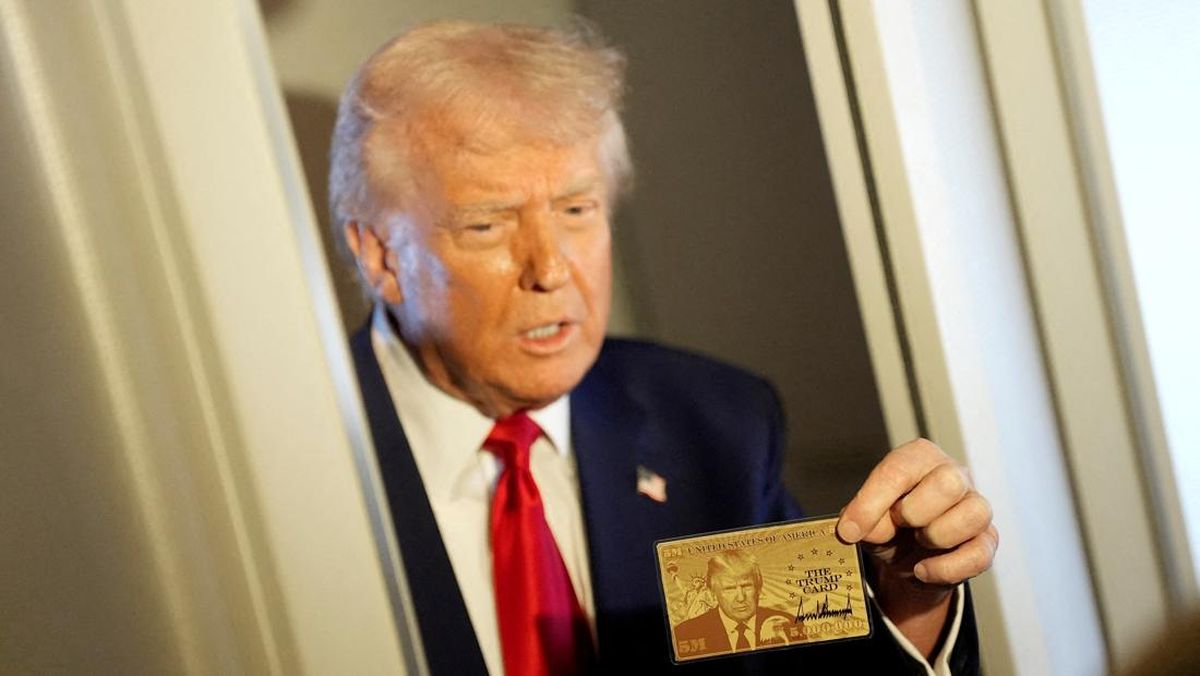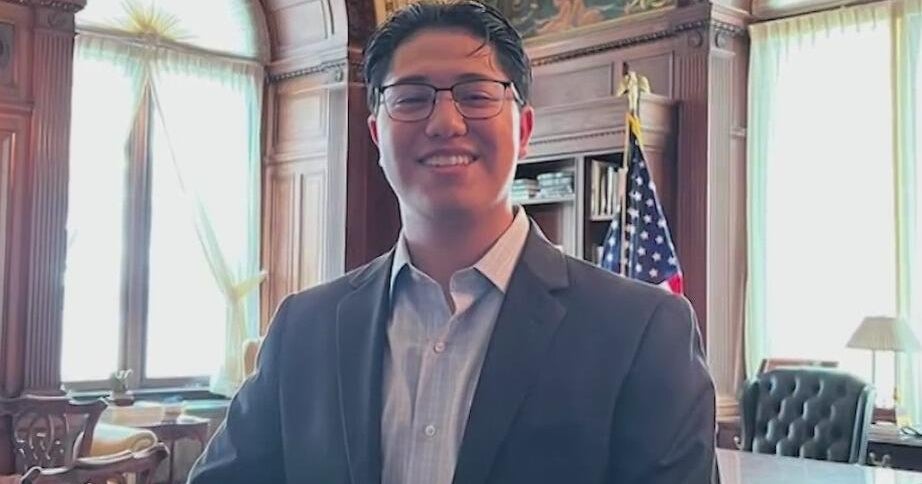By Pat Sheil
October 22, 2025 — 12.00pm

BIOGRAPHY
Ernest Rutherford and the Birth of Modern Physics
Matthew Wright
Scribe, $36.99
Every schoolkid has seen a diagram of the atom: a packed nucleus of protons and neutrons, with tiny electrons whizzing around it like planets in a minuscule solar system.
In essence, this is still how physicists see atoms today, though the models they work with are a lot more complicated, involving mysterious nuclear forces, a subatomic zoo of particles and weird quantum considerations that we didn’t have to know about in high school, and most of us never have to think about at all.
The infinitesimal solar system is indeed an oversimplification of what really goes on inside the atom, but it’s still a useful metaphor for the building blocks of matter. It’s one we’re all familiar with from corporate logos, comic books and, yes, high school texts.
But as recently as a century ago, nuclear physics was in its infancy, and the structure of the atom was still a matter of heated debate. In Ernest Rutherford and the Birth of Modern Physics, biographer Matthew Wright illuminates the astonishing career of perhaps the greatest hands-on scientist to live and work through the iconoclastic revolution that gave rise to the nuclear age, from the 1890s through to the late 1930s.
Rutherford, New Zealand’s first national hero (well, non-Maori hero), was born in 1871 in the tiny town of Spring Grove in the South Island, and won the Nobel Prize for physics in 1908. Edmund Hillary would later climb impossible mountains, and Richie McCaw take the All Blacks to even greater heights, but Rutherford, with a Nobel, a knighthood, and then as Lord Nelson, was the most famous and respected Kiwi of his day.

Ernest Rutherford delivers a lecture in New Zealand in 1926.Credit: Cawthron Institute
Wright (a Kiwi himself) manages the deft balancing act of telling the life story of a pioneering physicist while explaining the science in a comprehensible way, and in Rutherford’s case this is a far greater challenge than writing the biography of a mountain climber or a rugby wizard.
In a sense, this is not a comprehensive or deeply personal biography, though it is impeccably researched and gives insight into Rutherford’s driven personality and insatiable appetite for hard work. It is more, as the subtitle suggests, a guided tour of the warring theories and intellectual uproar that was the world of physics either side of World War I. Wright cleverly “boxes out” some of the technical stuff for readers who want to dig a little deeper (if you want to know more about Michael Faraday and electromagnetic induction, page 68 has a concise self-contained summary), without bogging down the narrative.

Rutherford, labelled by Einstein as ‘a second Newton’.Credit: Alamy
But Wright’s book is only as technical as it has to be to tell the story, and the story is all about exploring the structure of the atom. This was the time of the Curies, the discovery of radioactivity, and the baffling “impossibility” of light waves travelling through a vacuum, as though a wave on the ocean could somehow travel without water.
The atomic world was a jigsaw puzzle with many missing pieces, and no box with a pretty picture on it to guide you.
Ernest Rutherford revealed the true nature of some of these pieces, and his names for three of them last to this day in beta radiation, alpha particles and gamma rays (electrons, helium nuclei and high-energy light photons, respectively). He was to establish that transmutation of the elements, the ancient dream of alchemists searching for gold, was happening in nature all the time, and could be made to happen in the laboratory.
The peripatetic Rutherford worked in New Zealand, Cambridge, Canada and Manchester. Once his reputation as a brilliant experimentalist was established, he could choose the laboratories he wanted to work in and, before long, preside over.
This was a time of great excitement in physics, and the beginning of a second industrial revolution. Marie Curie took X-ray machines to the front line in wartime France, Rutherford and Marconi made radio possible. But it was Rutherford’s discovery of the tiny nucleus of the atom in 1911, and of the neutron by his colleague James Chadwick in 1932, that explained the existence of isotopes, and nuclear fission began to make sense.
Loading
Rutherford wasn’t always right because nobody ever is, with his most famous howler being an emphatic dismissal of the possibility of nuclear power as “moonshine” just 12 years before Hiroshima. But I think we can cut him slack here by looking at the full quote. In 1933, The New York Times reported him declaring: “Anyone who says that with the means at present at our disposal and with our present knowledge we can utilize atomic energy is talking moonshine.”
He did say “the means at our disposal” and “our present knowledge”. In 1933, it was moonshine. But not for long.
One test of good science writing (and good biography ) is how often you feel compelled to look something up while you’re reading it.
I found myself boning up on New Zealand history, the Cavendish Laboratory, the Curies, the first quantum theorists, and on it went. Good stuff!
The Booklist is a weekly newsletter for book lovers from Jason Steger. Get it delivered every Friday.
Most Viewed in Culture
Loading


















































